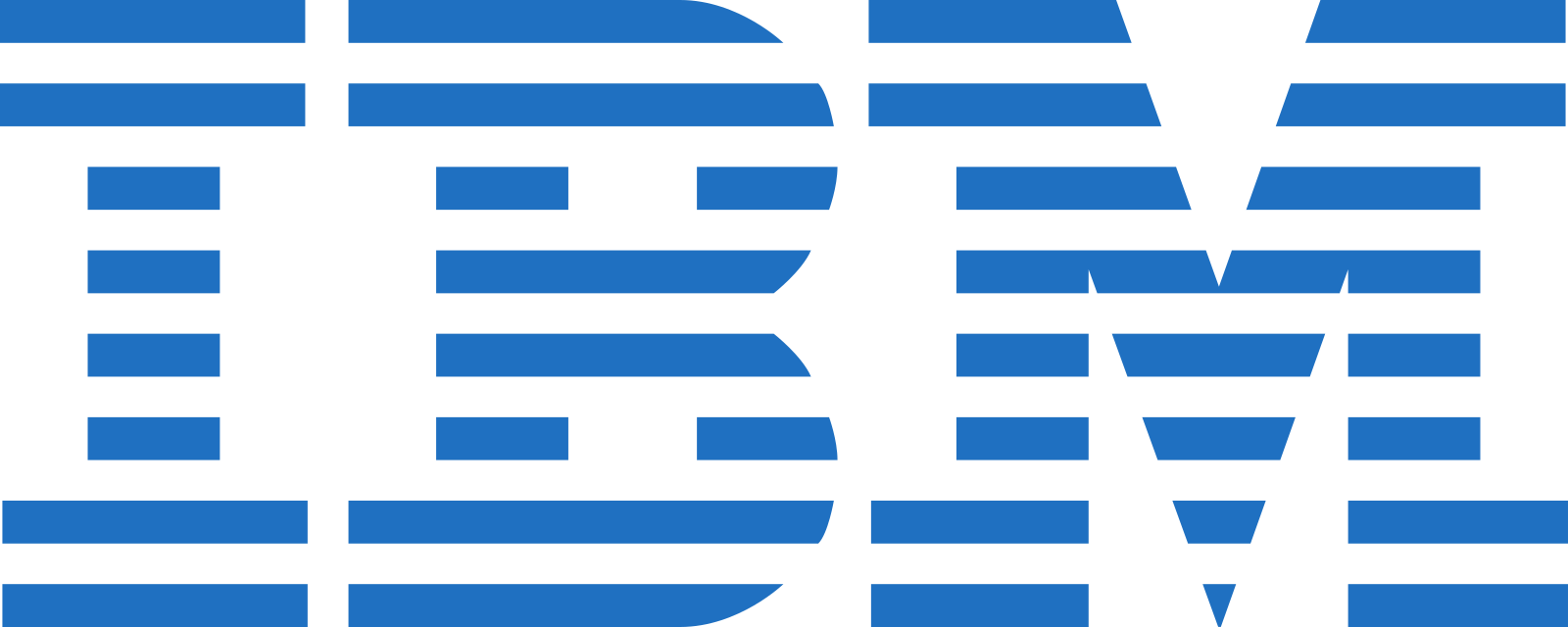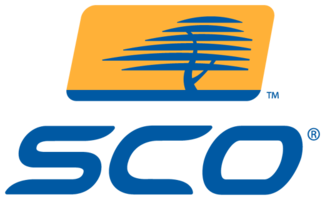Difference Between IBM and SCO
The rivalry between IBM and SCO over dates back to March 2003, when the Utah-based company, SCO Group sued IBM alleging that IBM had violated the licensing agreement for AIX (IBM’s in-house Unix flavor) that it had originally signed with AT&T and that SCO now owned. The lawsuit, which also asserted unfair competition and breach of contract, sough over $1 billion in damages. Two months after filing the lawsuit, SCO claimed to have found more UNIX code inside of Linux, and started sending letters to major Linux users including Fortune 1000 and Fortune Global 500 Company and asking for a licensing fee for every processor in every product running Linux inside each company. In 2016, the SCO lawsuit against IBM was dismissed with prejudice. In this decade-long history, there have been many legal claims and disputes over who owns UNIX.

What is IBM?
IBM, short for International Business Machines, is a global information technology and consulting organization headquartered in Armonk, New York. The history of IBM started with a number of little companies that grew up to form the Computing-Tabulating-Recording-Company (CTR). In time, it evolved into IBM. Over time, IBM moved from being the computer industry’s leading supplier of hardware to one of the largest service firms in the world. By 2001, the company had its software organization well structured, with revenue and profit targets, and a broad category of products and strategies. In 2012 – 2014, IBM developed capabilities and offerings involving mobile computing, increased deployment of analytical tools, Big Data, and software security. As the company moved through the 1990s, it has become a more globally integrated enterprise.

What is SCO?
SCO, or SCO Group, is a leading provider of innovative UNIX solutions based in Lindon, Utah. SCO Group partners with some of the well-recognized names in the computer industry, including Intel, Dell, Hewlett Packard, Progress Software, Computer Associates, and more. The SCO Group was formed through a 2002 merger of the Santa Cruz Operation, a supplier of UNIX systems for Intel microprocessors, and the commercial Linux reseller, Caldera. Since 2003, SCO has been on a legal war against IBM. It started in 2003, when SCO sued IBM for $1 billion in legal claims alleging that IBM had deliberately added chunks of the company’s proprietary Unix flavor, AIX, to the open source code base of Linux. SCO claimed to have found more code inside of Linux, on the top of what IBM alleged to have already added. The decade long legal dispute has descended into a morass of litigation and allegations.
Difference between IBM and SCO
Basics of IBM and SCO
– IBM, short for International Business Machines, is a global information technology and consulting organization headquartered in Armonk, New York. IBM is a leading cloud platform and cognitive solutions company, ranked among the top valued IT services brand globally. SCO Group, or SCO, is a leading provider of innovative UNIX solutions and a global software company based in Lindon, Utah. SCO has been on a legal war against IBM since 2003 over who owns UNIX.
Background of IBM and SCO
– The history of IBM started with a number of little companies that grew up to form the Computing-Tabulating-Recording-Company (CTR). In time, it evolved into IBM. Over time, IBM moved from being the computer industry’s leading supplier of hardware to one of the largest service firms in the world. SCO Group was formed through a 2002 merger of the Santa Cruz Operation, a supplier of UNIX systems for Intel microprocessors, and the commercial Linux reseller, Caldera Systems. SCO Group had a long history in the UNIX and Linux business.
Products and Services
– Over the years, IBM has evolved from a complex product-based business into an impressively complex product/service-based business. Today, IBM offers enterprise customers BPO, multi-billion –dollar outsourcing products/services bundled solutions for the customer’s entire IT and IS operations. It involves large integrated bundles of hardware, software, Internet, mobile and security, and other products and services. IBM’s service units include networking, cloud computing, cognitive computing, IoT, data and analytics, R&D, and more.
SCO provides comprehensive server-based solutions and basic Web services. SCO sells and supports its entire product line through a global network of distributors, original equipment manufacturers (OEMs), resellers, and system integrators. It also offers solutions to increase customers’ productivity in specific markets such as finance, retail, healthcare, manufacturing, and more. SCO also has a diverse portfolio of proprietary products including SCO’s UNIX operating systems, UnixWare and OpenServer.
Competitive Advantage
– IBM has a stronghold among large enterprises as it continues to position itself as a leading provider of cloud-computing services, competing against the major players, Amazon Web Services, Google, and Microsoft Azure. IBM recently collaborated with the financial technology start-up Stronghold to build a digital currency called Stronghold USD to facilitate fast and secure payments. SCO, on the other hand, has lost its competitive advantage as it’s doing nothing but protecting its intellectual property for the past 16 years. Fortunately, SCO is still the rightful owner of the UNIX operating system.
IBM vs. SCO: Comparison Chart

Summary of IBM vs. SCO
On one side, we have one of the largest service firms in the world, IBM, and on the other, it’s the owner of UNIX operating system, SCO Group – the company that sued IBM for mishandling of trade secrets and breach of secret. SCO filed a $1 billion lawsuit against IBM alleging that IBM has violated its UNIX contract by copying code to Linux and running some of the company’s copyrighted code. SCO and IBM have been on a legal face off over intellectual property for over a decade. Because of this, SCO seems to have lost its competitive stronghold in the market.
- Difference Between Caucus and Primary - June 18, 2024
- Difference Between PPO and POS - May 30, 2024
- Difference Between RFID and NFC - May 28, 2024
Search DifferenceBetween.net :
 Email This Post
: If you like this article or our site. Please spread the word. Share it with your friends/family.
Email This Post
: If you like this article or our site. Please spread the word. Share it with your friends/family.
Leave a Response
References :
[0]Image credit: https://upload.wikimedia.org/wikipedia/en/0/02/SCO_Group_%28logo%29.png
[1]Image credit: https://commons.wikimedia.org/wiki/File:IBM_logo.svg
[2]Woods, Dan and Gautam Guliani. Open Source for the Enterprise. Sebastopol, California: O’Reilly Media, 2005. Print
[3]Goldstein, Paul. Intellectual Property. Hudson Street, New York: Penguin Group USA, 2007. Print
[4]Cortada, James W. IBM: The Rise and Fall and Reinvention of a Global Icon. Cambridge, Massachusetts: MIT Press, 2019. Print

